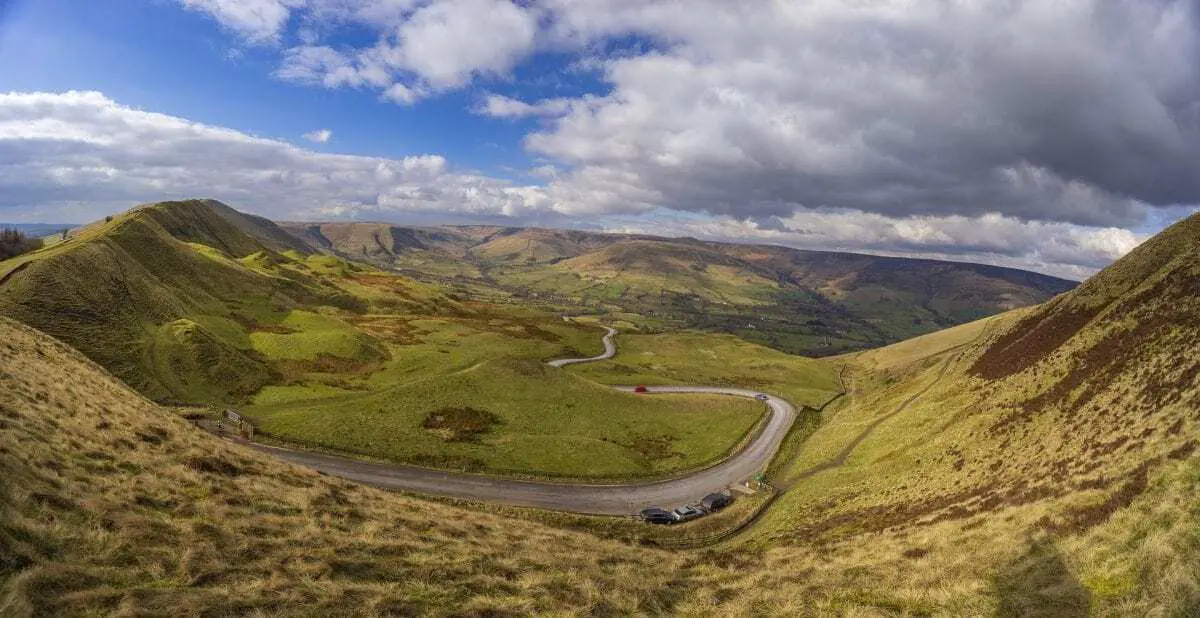Scientists at the University of Sheffield have found that plants are able to co-exist because they share key nutrients, using grasslands from the Peak District.
In a study published in Nature Plants, the team investigated how some ecosystems can have high biodiversity when all of these plants are competing for the same nutrients. They looked especially at ecosystems which are high in biodiversity but low in phosphorus, an essential nutrient for plant growth.
To do this they used soil taken from Peak District limestone grassland which is low in phosphorus. They then injected different types of phosphorus into the soil which allowed them to track which plants took up which type of phosphorus.
Their findings show that plants are able to share out the phosphorus by each preferring to take it up in a different form. This sharing is known as resource partitioning.
Professor Gareth Phoenix, from the University of Sheffield’s Department of Animal and Plant Sciences, who led the study, said: “The plants had different preferences for the various phosphorus compounds. Some showed greater uptake from the inorganic phosphorus form of phosphate, some preferred to use a mineral bound phosphorus compounds such as calcium phosphate, and others were better at using the organic compound DNA. Critically, this means the plants can co-exist because they are using different chemical forms of phosphorus in the soil. In other words, they are sharing the phosphorus.
“Our research answers the global question of how we get very high levels of plant species biodiversity, especially in ecosystems with very low amounts of soil phosphorus. By helping to understand how we get high levels of biodiversity, we can also better protect ecosystems and conserve their biodiversity.”
The research used different radioactive compounds to directly trace the phosphorus from the soil into the plants to accurately trace which soil phosphorus compound the phosphorus in the plant came from. Only very tiny amounts of radioactive phosphorus are needed to detect the uptake, meaning the team could look at the natural behaviour of the plants in natural soil, and with small amounts of phosphorus, as you would find in nature.
Header Image – Public Domain





